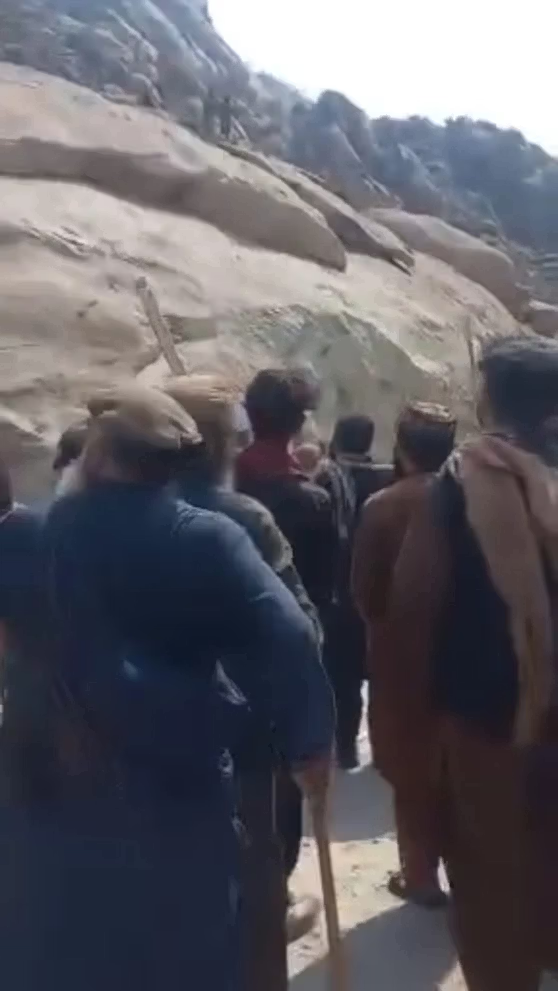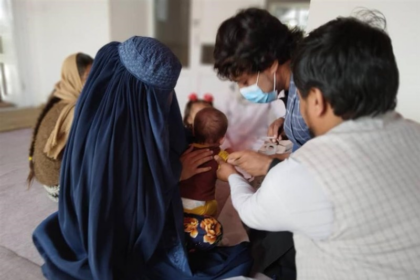RASC News Agency: Local sources in Nurgaram district of Nuristan province have confirmed that a peaceful demonstration over an attempted land grab descended into violence after Taliban militants opened fire on protesters, injuring at least four civilians. The incident unfolded on Monday, September 1, when residents mobilized in anger at the arbitrary detention of respected community elders by Taliban authorities. Eyewitnesses recounted that armed Taliban fighters had forcibly detained a number of influential tribal leaders from Nurgaram, transferring them to an undisclosed location without explanation or legal process. This heavy-handed action incensed local residents, who quickly organized a public gathering demanding the elders’ immediate release. Protesters repeatedly stressed that their assembly was entirely peaceful and nonviolent. Yet, in a familiar display of contempt for civic expression, Taliban gunmen responded with live fire, unleashing bullets into the crowd and leaving four unarmed civilians seriously wounded.
According to residents, the heart of the dispute lies in farmland in the Gandlabok area. Villagers accuse a group of Gujars backed and protected by Taliban officials, particularly Nuristan’s Taliban-appointed governor, Mawlawi Zainulabidin Abid of orchestrating a land grab against long-standing local owners. Community representatives argue that the governor has not only failed to defend their rights but has openly sided with the usurpers, reducing his office to a tool of corruption and deepening public outrage at Taliban misrule. Images and videos that surfaced on social media document chilling moments of the protest, showing Taliban militants firing their rifles directly at unarmed villagers. Despite the wide circulation of such evidence, the Taliban’s provincial authorities have chosen silence, neither acknowledging the shootings nor offering any accountability for the bloodshed.
This latest crackdown illustrates a broader and disturbing trend: the Taliban’s systematic reliance on force to suffocate dissent and shield their corrupt patronage networks. Only months earlier, in Badakhshan province, Taliban gunmen opened fire on demonstrators, leaving at least eight people dead and twenty-four others injured. Each incident reinforces the grim reality that under Taliban rule, the space for peaceful protest and civic dialogue has been virtually annihilated, replaced by a climate of fear, repression, and impunity. The Nuristan shootings serve as yet another stark reminder that the Taliban’s rule is less a government and more an apparatus of coercion one that not only facilitates land theft and silences community elders but also wages war against the very people it claims to govern.






